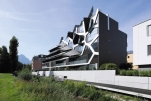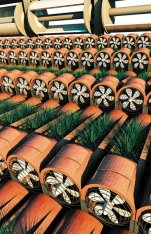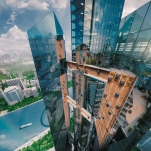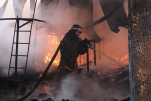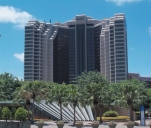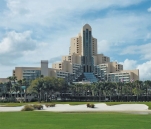
Temple of Light in the Andean Foothills
The Bahá’í Temple of South America, or house of worship, in Santiago, Chile, was built more than ten years, and over these years has been awarded numerous awards. In 2017, he received two top awards for innovative design: AIA Innovation Awards and RAIC Innovation in Architecture Award. These awards highlight outstanding achievements in the field of new methods of design and application of advanced construction technologies that allow efficient operation of buildings throughout the life cycle.



